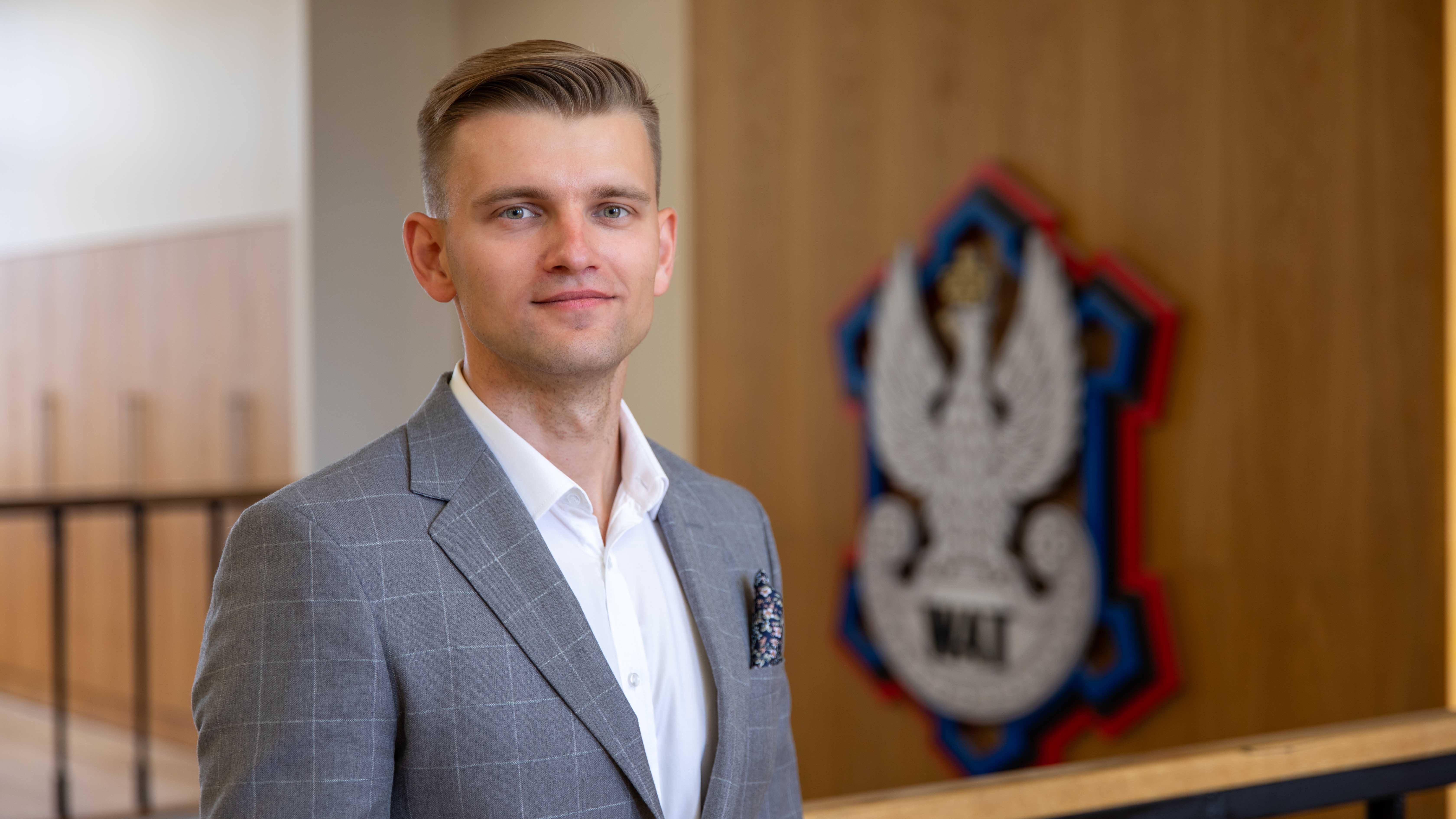We live in a time of a disinformation epidemic

“As with a viral epidemic, quickly identifying the source—or 'patient zero', in this case of disinformation—is of the utmost importance. This is more difficult than it sounds, which is why I introduced the concept of 'propagation centres'. According to my research, focusing on these centres increases effectiveness in identifying and reducing disinformation. It's fair to say that we're living in a disinformation epidemic" - Major Damian Frąszczak, M.Sc., a PhD student at the Military University of Technology, told FakeHunter.
In your article “Detecting rumour outbreaks in online social networks”, published in 2023 in the scientific journal ‘Social Network Analysis and Mining’, you analysed techniques for detecting sources of fake news. You emphasised that combating disinformation with today's reach and power of social media is an extremely difficult task. Difficult, but feasible?
Combating disinformation in the social media age is a huge challenge. Detecting and identifying sources is difficult, especially in real time. In addition, we do not always have access to all data, which makes this task even more difficult. Technology alone is not enough, media education and regulatory support are also needed. So, it is difficult, but with good coordination and a holistic approach, doable.
In the article there is no shortage of graphs and content, often hermetic to the so-called ordinary internet user, who is not familiar with algorithms. Could you describe your work, its goals and methods of analysis, in a few simple sentences?
The study focused on identifying 'propagation centres’ of disinformation on social media. These are groups of users that spread false news. I tested whether well-known methods of identifying such sources work better when we focus solely on these centres. The results showed that there is a lot of room for improvement, but focusing on the actual propagation centre significantly improves the effectiveness of these techniques.
You are also the author of the RPaSDT software for identifying sources of fake news on social media. How does this tool work?
RPaSDT is the first such advanced open-source tool for identifying sources of disinformation on social media. Moreover, it is a tool that is set to become a starting point for future research in this field. It can be seen as a repository of already known source detection methods, making it easier to compare and select the most effective techniques, as well as to learn about their advantages and disadvantages.The user can easily simulate different scenarios for the propagation of fake news and identify potential sources. The software is very intuitive and tailored to the needs of both—scientists and non-scientists. It also has additional tools for advanced network analysis to facilitate more complex research. This makes RPaSDT not only a practical tool, but also a research platform to help further development in that field.
When reducing disinformation, the most important thing is to identify the source. In scientific texts this process is compared to identification of ‘patient zero’ in an epidemic. Are we living in a disinformation epidemic?
It is definitely fair to say that we are living in a disinformation epidemic. And as with a viral epidemic, quickly identifying the source—or the 'patient zero', in this case of disinformation—is of the utmost importance. This is more difficult than it sounds, which is why I introduced the concept of 'propagation centres’. According to my research, focusing on these centres increases effectiveness in identifying and reducing disinformation.
Sometimes, certain content, especially sensational content, is instinctively passed on, feeding the bloodstream of disinformation. What advice would you give to social media users, what habits should we learn when using the internet before—colloquially speaking—tapping the keyboard?
Before clicking 'share', it is worth thinking for a moment. If something seems too sensational, it is worth verifying. We should use a variety of reliable sources to get a more complete picture. Let's remember that social media can put us in an 'information bubble', showing only what interests us. If something seems too good to be true, it most often is too good to be true. So, let's be sceptical and cautious in our approach to the online information.
Advanced technological and widespread internet access mean that children are overloaded with information from an early age. How can we familiarise the youngest users with the problem of possible disinformation?
Education is key to preparing the youngest. It is worth teaching children how to distinguish reliable sources from unreliable ones and what it means when information is biased. We should encourage them to always verify information from different sources before sharing it. An essential skill they should learn from a young age is being aware that not everything on the internet is true.
When did you start being interested in techniques for diagnosing fake news?
My interest in the problem of disinformation began when I noticed its growing impact on society. What attracted me the most was the complexity and multidimensionality of the problem. The application of various techniques, from artificial intelligence to graph theory, makes this an extremely intriguing field of science. There are many challenges, despite available tools, and this is why it is a research area full of unknowns and possibilities, which I find extremely motivating.
Olga Doleśniak-Harczuk
30.10.23